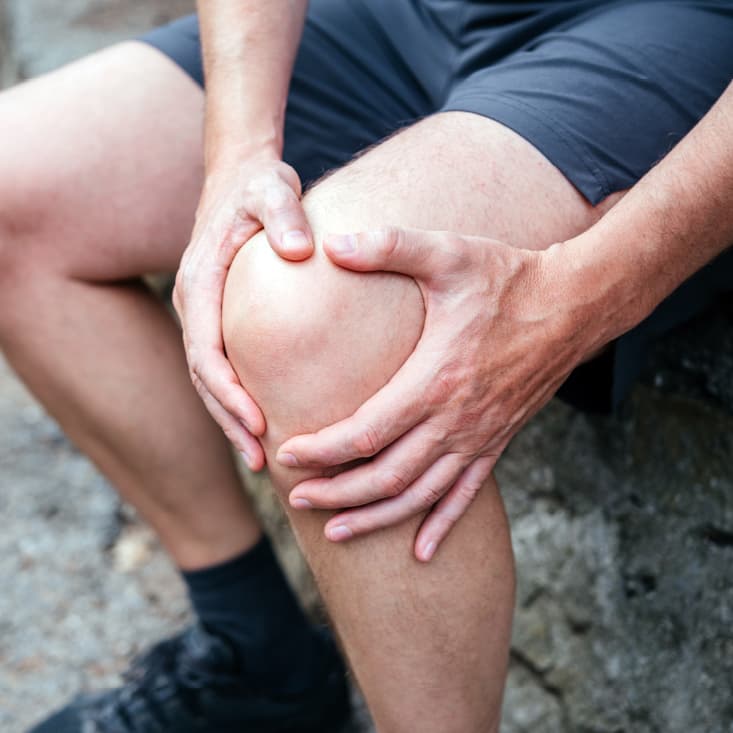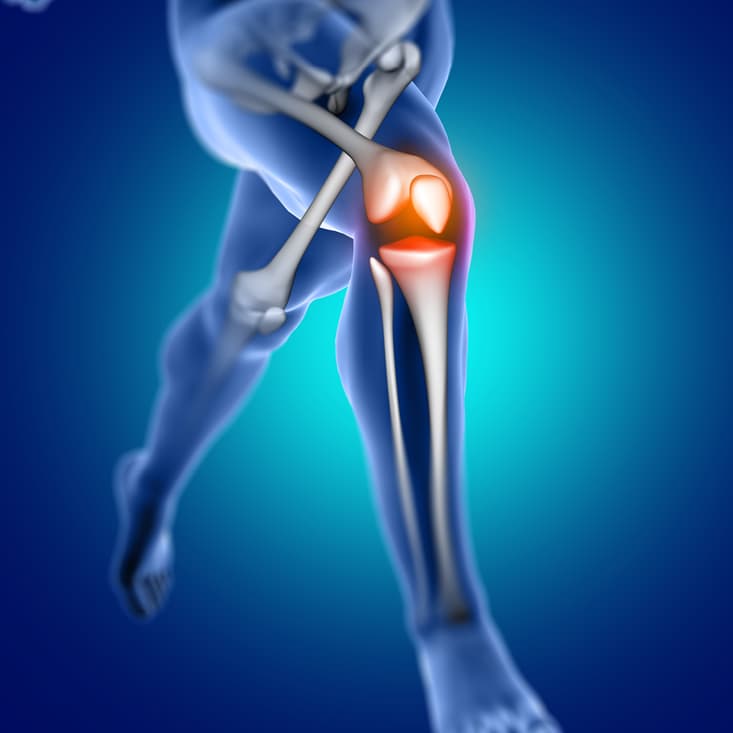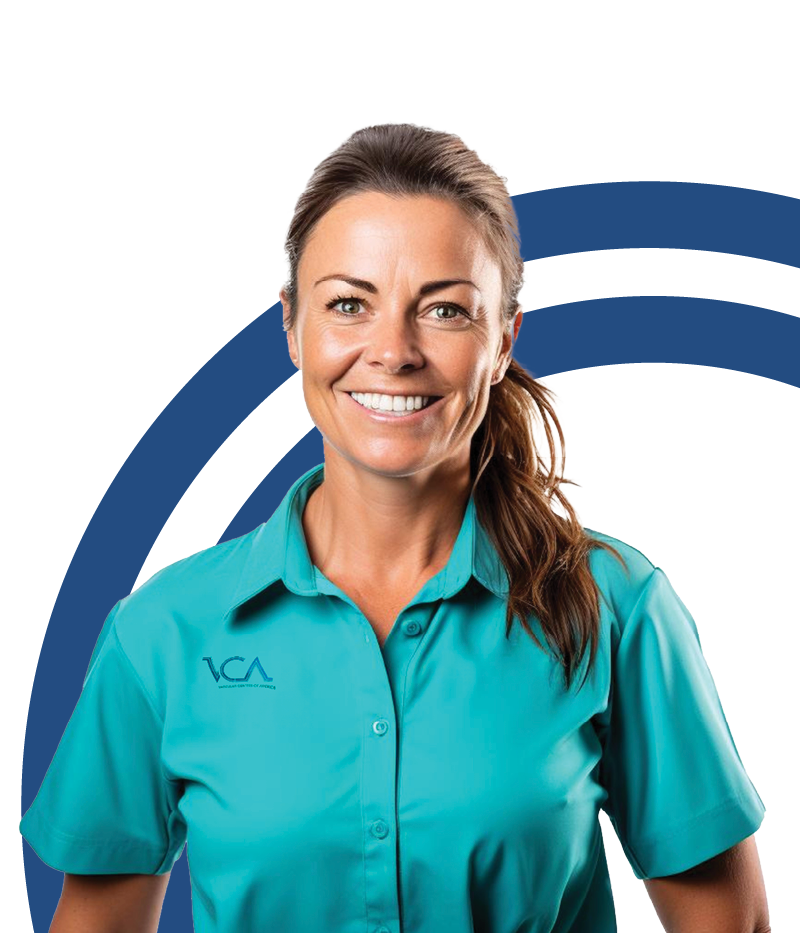LEARN ABOUT
Peripheral Vascular
Disease
Peripheral vascular disease (PVD) refers to diseases of blood vessels outside the heart and brain commonly found in the lower extremities. It’s often a narrowing of vessels that carry blood to the legs, arms, stomach or kidneys.






